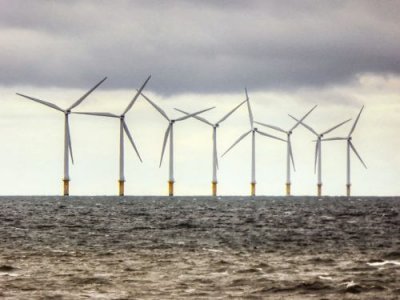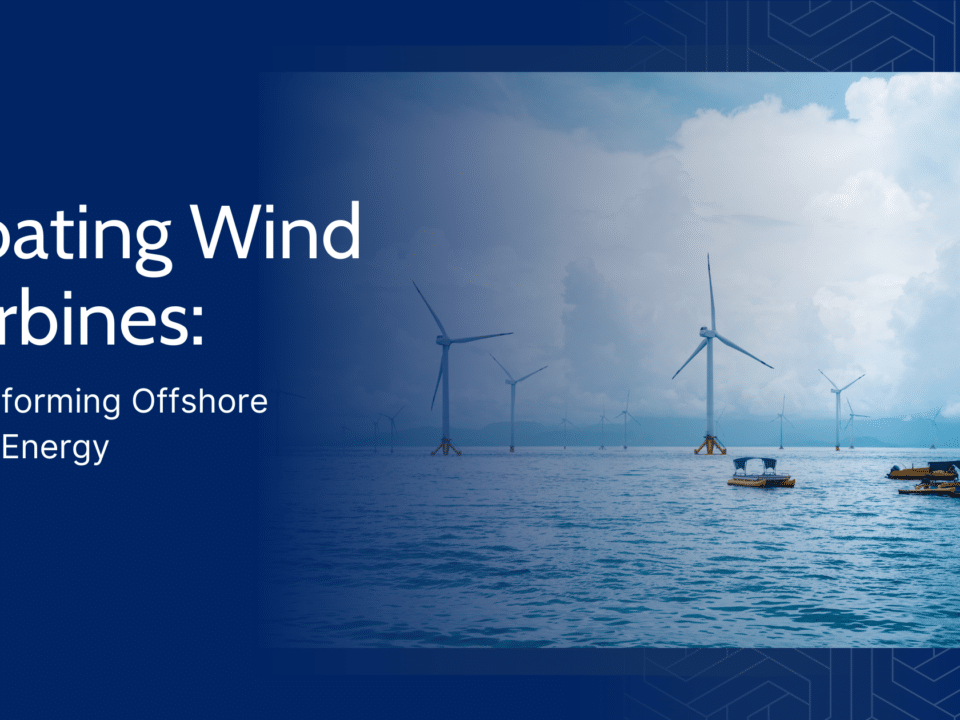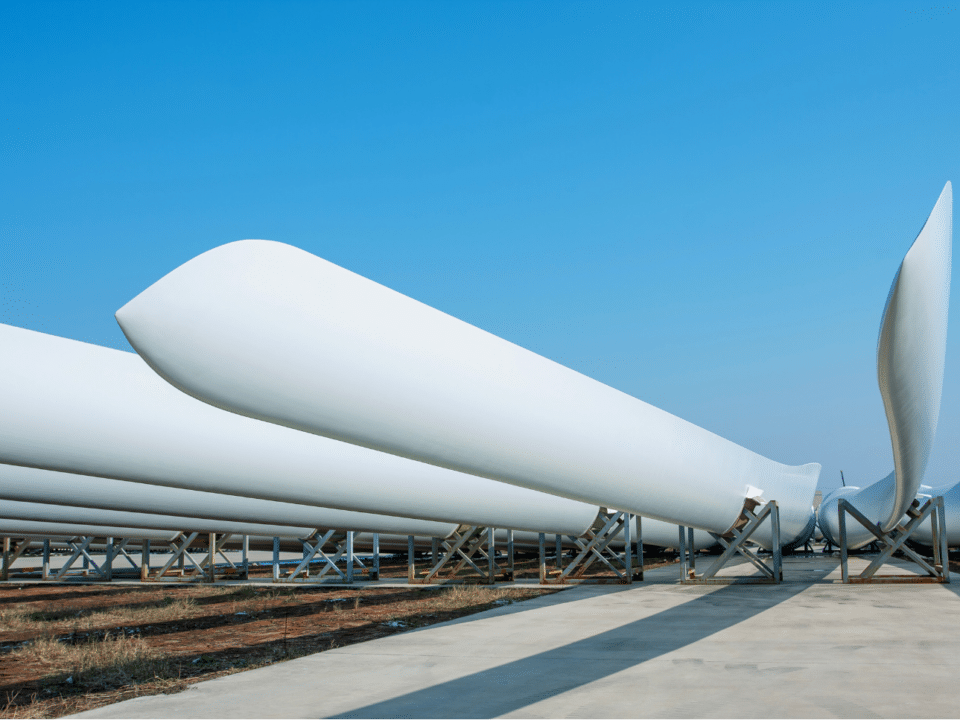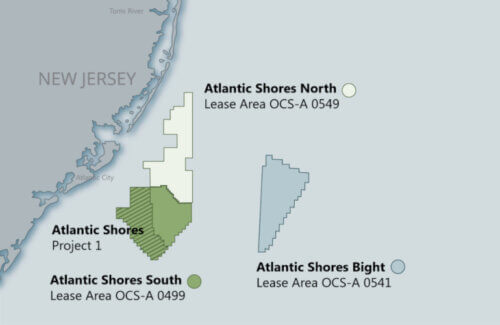The Gulf of Mexico, with its vast expanse and untapped potential, has become a focal point for wind energy development. However, the region’s susceptibility to hurricanes and extreme weather events poses significant challenges to these renewable energy infrastructures. The devastating impacts of such events have underscored the urgent need for robust preparedness strategies to safeguard these valuable assets.
Interestingly, countries like Japan and Taiwan, frequently subjected to similar extreme weather conditions, have developed effective resilience strategies over the years. These strategies, honed by experience and innovation, offer valuable lessons that could be instrumental in fortifying the Gulf of Mexico’s wind farms. By integrating these proven strategies, we can enhance the resilience of wind farms in the Gulf, ensuring their longevity and reliability, even in the face of nature’s most formidable challenges. This not only secures our investment in renewable energy but also contributes to a sustainable and resilient energy future.
Increased hurricane activity

Moreover, the increased frequency of these extreme weather events during the La Niña phase means that wind farms may face repeated disruptions and damages, leading to costly repairs and downtime. This not only affects the immediate energy output but can also have long-term implications for the overall viability and profitability of wind energy projects in the region. Therefore, it is crucial to factor in these climate phenomena and their potential impacts when planning and operating wind farms in the Gulf of Mexico.
Mitigating the risk with weather intelligence

Moreover, site-specific weather forecasting can also help optimize the energy output of offshore wind farms. By predicting wind speeds and directions, these forecasts enable operators to adjust equipment and staffing. During a hurricane, while the primary concern is to protect the infrastructure, there may be periods where the wind speeds are within the operational range of the turbines. In such cases, the wind farm can harness the increased wind energy, contributing to the overall efficiency and productivity of the farm. Thus, site-specific weather forecasting is not only a protective measure but also a strategy for enhancing the performance of offshore wind farms.
Taiwan and Japan, both prone to typhoons, have effectively utilized site-specific weather forecasting to safeguard their offshore wind farms. In Taiwan, researchers have used the Weather Research and Forecasting model in conjunction with Wind Farm Parameterization to study the potential impact of offshore wind farms during Tropical Storm Haitang. This research has provided valuable insights into how wind farms interact with severe weather, helping to develop strategies to reduce damage. Similarly, Japan, with its advanced meteorological technology, has likely employed site-specific weather forecasting to protect its wind farms during typhoon conditions. These strategies not only ensure the safety and longevity of the wind farms but also contribute to the stability of the power supply during extreme weather events.
Infrastructure challenges
The Gulf of Mexico is known for its harsh weather conditions, particularly hurricanes. To harness wind energy in this region, turbines and other offshore structures are specially designed, certified and built to withstand these extreme conditions. These structures are robustly engineered to endure the high wind speeds and tumultuous sea states that hurricanes bring. This resilience is crucial to ensure the safety of the structures, the continuity of energy production, and the overall viability of offshore wind farms in the Gulf of Mexico.
Mitigating the risk of hurricanes in the Gulf of Mexico can be achieved by adopting and adapting strategies from Japan and Taiwan, countries that have long grappled with similar challenges. One such strategy is the design and implementation of typhoon-resistant wind turbines, which have been successfully deployed in Taiwan. Similarly, Japan’s rigorous maintenance protocols and advanced forecasting systems allow for early detection of potential threats, enabling timely turbine shutdowns and minimizing damage.
Looking toward the future, the Gulf of Mexico’s potential for wind energy development is vast, but the region’s susceptibility to hurricanes and extreme weather events presents significant challenges. The experiences of countries like Japan and Taiwan, which have developed effective resilience strategies for similar weather conditions, offer valuable lessons. By integrating these strategies, we can enhance the resilience of wind farms in the Gulf, ensuring their longevity and reliability.

Filed Under: Featured





